—-
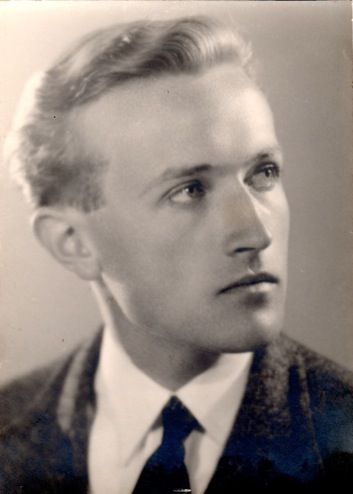
The Basics:
 With the publication in 1958 of his first novel, Claude Ollier was immediately associated with the group of writers who came to be known in the 1950s and 1960s as the Nouveau Roman or New Novelists. Although these writers (Alain Robbe-Grillet, Michel Butor, Claude Simon, and others) differed significantly from each other, they shared some important common denominators: a questioning of narrative form, of point of view, of temporality, of representation in fiction. Like his contemporaries, Ollier was interested in fiction’s capacity for problematizing its own conventions, while at the same time proposing formal innovations that would challenge the ways in which fiction is usually read, evaluated, and categorized. However, Ollier’s work soon took on a configuration that made it both unique and exemplary with respect to the New Novel movement: after completing his second novel in 1961, Ollier decided to link all his novels in an ongoing fictional “cycle” which would form, with subsequent books, a serial investigation into the nature and functioning of fiction itself.
With the publication in 1958 of his first novel, Claude Ollier was immediately associated with the group of writers who came to be known in the 1950s and 1960s as the Nouveau Roman or New Novelists. Although these writers (Alain Robbe-Grillet, Michel Butor, Claude Simon, and others) differed significantly from each other, they shared some important common denominators: a questioning of narrative form, of point of view, of temporality, of representation in fiction. Like his contemporaries, Ollier was interested in fiction’s capacity for problematizing its own conventions, while at the same time proposing formal innovations that would challenge the ways in which fiction is usually read, evaluated, and categorized. However, Ollier’s work soon took on a configuration that made it both unique and exemplary with respect to the New Novel movement: after completing his second novel in 1961, Ollier decided to link all his novels in an ongoing fictional “cycle” which would form, with subsequent books, a serial investigation into the nature and functioning of fiction itself.
 Eventually comprising eight works, with the last published in 1975, the cycle was entitled Le Jeu d’enfant (translatable as Child’s Play or Child’s Game). The eight books are divided into two cycles of four novels each and are linked to each other in a complex pattern of recurring characters, structures, situations, and passages. The principal thread binding all the works is eventually revealed to be a single protagonist who undertakes, in various guises, a voyage of investigation in a foreign setting. Analogously, the author and reader can be seen as exploring the nature of texts which become more and more alien with respect to traditional narrative forms and conventions.
Eventually comprising eight works, with the last published in 1975, the cycle was entitled Le Jeu d’enfant (translatable as Child’s Play or Child’s Game). The eight books are divided into two cycles of four novels each and are linked to each other in a complex pattern of recurring characters, structures, situations, and passages. The principal thread binding all the works is eventually revealed to be a single protagonist who undertakes, in various guises, a voyage of investigation in a foreign setting. Analogously, the author and reader can be seen as exploring the nature of texts which become more and more alien with respect to traditional narrative forms and conventions.
 The cycle’s impetus is thus a dual one: it seeks both to reflect upon its own nature as fiction and to challenge the foundations of narrative convention by proposing alternatives to traditional forms and procedures. Thus Ollier’s cycle addresses many of the important theoretical questions raised by the New Novel movement and, indeed, by much of the intellectual inquiry of recent years: what happens to the traditional protagonist in experimental fictions? to what extent is the author in control of the writing process? what is the role of the reader with respect to these demanding, ambiguous works? what, finally, is the nature and origin of a fictional text? These interrogations take place in works of high artistic quality where meticulous construction combines with lyric skill to create memorable fables of reading and writing.
The cycle’s impetus is thus a dual one: it seeks both to reflect upon its own nature as fiction and to challenge the foundations of narrative convention by proposing alternatives to traditional forms and procedures. Thus Ollier’s cycle addresses many of the important theoretical questions raised by the New Novel movement and, indeed, by much of the intellectual inquiry of recent years: what happens to the traditional protagonist in experimental fictions? to what extent is the author in control of the writing process? what is the role of the reader with respect to these demanding, ambiguous works? what, finally, is the nature and origin of a fictional text? These interrogations take place in works of high artistic quality where meticulous construction combines with lyric skill to create memorable fables of reading and writing.
 Since the appearance in 1975 of the last volume of Le Jeu d’enfant, Ollier has published eight books, and a ninth is in progress at the time of this writing. These works vary in format and subject. While echoing some of the subjects and concerns of Le Jeu d’enfant, these more recent texts deal in new ways with the questions of perception and memory in relation to writing. Although its quality and interest are undisputed, Ollier’s work has to date received considerably less critical attention than that of his contemporaries among the New Novelists. The reason for this comparative lack of analysis lies, perhaps, in the difficult and rigorous unity of Ollier’s major cycle, whose scope, size, and intricacy make special demands upon the critic. — Dictionary of Literary Biography
Since the appearance in 1975 of the last volume of Le Jeu d’enfant, Ollier has published eight books, and a ninth is in progress at the time of this writing. These works vary in format and subject. While echoing some of the subjects and concerns of Le Jeu d’enfant, these more recent texts deal in new ways with the questions of perception and memory in relation to writing. Although its quality and interest are undisputed, Ollier’s work has to date received considerably less critical attention than that of his contemporaries among the New Novelists. The reason for this comparative lack of analysis lies, perhaps, in the difficult and rigorous unity of Ollier’s major cycle, whose scope, size, and intricacy make special demands upon the critic. — Dictionary of Literary Biography
Note: Claude Ollier also appeared in Robert Bresson’s film Un Femme Douce (1969), playing the doctor of Dominique Sanda’s character Elle.
____________
Claude Ollier, Réminiscence
____________
Claude Ollier’s books in English:
 The Mise-en-Scène (Dalkey Archive Press)
The Mise-en-Scène (Dalkey Archive Press)
First published in France in 1958 and winner of the prestigious Prix Medecis, The Mise-en-Scène takes place in the mountains of Morocco when the French still controlled North Africa. An engineer named Lassalle has been sent from France to plan a road through the mountains. Although Lassalle seems to be successful, he finds out that another engineer, Lessing, has preceded him, and that Lessing, as well as others, may have been murdered.
The novel is a detailed inquiry into the meaning of actions and the impossibility of determining what happens. Lassalle prepares to return home uncertain of whether what he has witnessed is a series of coincidences or part of a sinister plan to keep him ignorant. His uncertainty is shared by the reader, who is kept guessing and wondering at what he thinks he knows but cannot be sure of.
In part a detective novel and in part an investigation into the nature of knowledge, The Mise-en-Scène is controlled by a tone and style that are truly remarkable. — DA
“It is remarkable that it has taken thirty years for a translation of La Mise-en-Scène to appear . . . This novel comes as close to perfection as a novel ever can; not a word or sentence is wasted, and the reader could continue unearthing symmetries and resonances for a very long time.” —Ivan Hill, Times Literary Supplement
“One of the best as well as the most influential of the French New Novelists . . . Skillfully translated by Dominic Di Bernardi . . . The novel is a demonstration of the complexity of reality, and the impossibility of knowing for certain the true meaning of a chain of events . . . A rich voyage of discovery of the human psyche . . . by one of the most original authors in modern France.” —Washington Post
Excerpt:
When he got up to close the window—because of the lizards scurrying over the lattice work of the mosquito net, making the mesh rustle under their claws—the whole room was plunged into darkness. Meanwhile, the moon rose behind the mountain, lighting up the hill. It is most probably this brightness which made him reopen his eyes. The light and noise, no matter how faint, disturb his sleep. With the window closed, the howls of the dogs and jackals still penetrate the room, coming from the hollow of the olive grove or the foothills of the mountain, answering each other endlessly; at times the answer is long in coming, but comes it does without fail—haunting, uniform.
Right cheek pressed against the pillow, and the iron bed so low, he has the impression of lying at floor-level. Every time he opens his eyes, he spots the wall map which is reduced, at this hour, to the schematic outline of a plant, of an animal or a dwarf tree: a lush ball on the left, another sparer one on the right, linked to the former by an almost horizontal network of fibers.
But this makes short shrift of a night’s rest. How to fall back to sleep under such conditions? It is better to turn over on your left side, nose against the wall. It is the only way he has of escaping the light, since he cannot prevent it from coming in: the blinds do not close. They informed him of this as soon as he arrived: the first one has broken blades, and the second is clinging to the wall by only a single hinge—he verified this himself during his tour of the house.
With his shift in position he experiences the same short-lived relief, a soothing sensation which fades very quickly. The window is shut, the air inert, the heat damp and unremitting. He would gladly throw the sheets off, but for the few mosquitoes which a while ago successfully edged their way in and are now hovering about in the vicinity of the bed. All the same, by enclosing himself, he made up for the defects in the mosquito net: the movable frame, badly fit together, is off kilter by nearly an inch; several links of the mesh have been snipped or torn open. But this satisfaction is fleeting. Caution would dictate methodically checking every path of entry: the chinks between the badly fitted tiles, the gaps under the doors, the condition of the roughcast, the inner covering of the closet, not to mention the great weak point of the system—the fireplace. The first precaution to take would be to have blocked off for the duration of the torrid season. For all that, this room is exposed to every kind of surprise and, when all is said, in its present state does not offer the slightest protection.
He has nevertheless been notified, on several occasions. of the minor hazards, spiders being among them. They described various species to him: those with black bodies and long hairy legs, others with a yellowish hue, very dangerous. The majority were supposedly harmless. But the very idea of touching their legs with this lips or his eyelids was enough to terrify him—as was the thought that they could remain motionless for hours at a time, clinging to the ceiling, before dropping themselves down onto the sheets. With the reptiles, the problem was more complex, more controversial. How many stories had he been told, and some of them were beyond question, others suspect . . .
____________
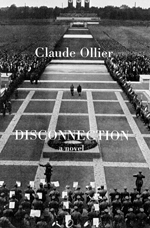 Disconnection (Dalkey Archive Press)
Disconnection (Dalkey Archive Press)
In two interconnected, alternating stories, Claude Ollier has written a disturbing, haunting, apocalyptic novel that brings together the end of the Third Reich with the closing of the twentieth century. The first is the autobiographical story of Martin, a French student conscripted into a munitions factory in Nuremberg in the middle of World War II. The other is the story of a nameless writer, a Robinson Crusoe-like figure who inhabits a twilight world where civilization has collapsed. — DA
“The moral and psychic disjunctions occasioned by World War II have long been the source of much of Europe’s best fiction. In Germany, it is the novelistic terrain of Gunter Grass and Heinrich Boll, in France of Claude Simon, Alain Robbe-Grillet and Claude Ollier. In his latest novel, Mr. Ollier, a major force behind the nouveau roman, a literary movement born out of the Resistance, meditates on Germany’s totalitarian past . . . To suggest history’s deeper discontinuities, Mr. Ollier shatters the traditional narrative form, preferring fragments to sustained storytelling . . . [F]ull of fine, splintered poetry, Mr. Ollier’s aphoristic style has been carefully rendered in Dominic Di Bernardi’s skillful translation.” —New York Times Book Review
‘At one point today, Christmas Day 2013, I thought perhaps I had had a stroke some time within the last week or two. I would be reading along another four or five pages of Claude Ollier’s book here and there and not know what I read or why I even did it. The words were simply hollow for me and I was thinking that they shouldn’t be. Nothing could dissuade me from my thinking the text a bore and inconsequential. There was nothing to engage me and still I felt maybe I had lost something of myself due to my new and potentially quite serious condition. But then I realized this could of course not be true because these same days I have been reading the humungous memoir of Elias Canetti and enjoying every word of it. He is such a good and interesting writer. And then there is Josef Winkler who is daily tearing me up with his The Serf and its awful contents regarding a life so foreign to me but so graphically real and disturbing it makes one cringe too much. My senses must still be intact, and I can still discern relevance, it seems, in a given text presented to me. So what is my problem with this master work?
‘I loved the feel of the book itself, its subject matter, the author’s name, the cloth-covered boards, even the title which made it even harder for me to not like the text. I tried my best to like it, I did. But it was dead, the words, and perfectly good words at that but for some reason there wasn’t a sentence that rang true and good for me. On page seventy-nine we are reading the words of the nameless writer in the first person:
‘Returned, stopping frequently, pushing my bicycle, dead tired, very gloomy. Haven’t moved since.
‘It was as if he had a journal and was recording his daily activities so that one day in the future he might extend the shorthand into something palatable and interesting. For over eighty pages I attempted to find my way into the sentences of Claude Ollier and could not. And the blurbs on the dust jacket suggested I would and the critics claimed I had to. But success was not in the cards for me. Finally on page eighty-one I had to give in, give up, and move on. And the page before that was the straw that broke my back. And it wasn’t anything I hadn’t read before. Here we have in the third person words telling the story of Martin. The sentence was the same as all the others. The problem for me was in the telling. There was no showing, and that is the critical element I need that was missing. Oh writer, do not tell me about your problem but show it to me. And I will give an example of that page now and you can tell me why I am wrong. Better yet, please don’t. It doesn’t matter. I have no more time allotted or available for this project after my review.
‘Disconcerted, Martin walks the whole way, crosses the city for the first time on a weekday morning, goes along Lorenzkirche, Karolinenstrasse, is impressed while entering the immense building where uniformed orderlies, deciphering his paper, on each floor dictate to him the correct procedure.
‘So why even write this? Instead of showing me something, making me feel, we have empty adjectives such as immense and uniformed and also a stupid verb the likes of impressed. Honestly, there wasn’t a page I liked or even a sentence that was memorable. And that is rare even in a shitty novel. And I know, I know, this one was supposed to be good. To me, it was if this novel was of an elitist quality and for a crowd I do not belong to. Something written in a way a common man such as myself could not possibly get or understand. Perhaps a book for the most attuned and smartest among us, though I have to doubt it. Seriously. I have the same problem reading poems written by William Butler Yeats. There are references in his poems that I just do not get and his work leaves me feeling flat. I never studied the classics. I do not know the secret code that might let me in. But, in stark contrast, a writer such as W.G. Sebald writes of places and historical occurrences I know nothing about either but I feel my way through and his words are interesting. His words also mean something to me. And by my lights that is good work, that is art, high art, important art, and full, sound, and relevant to my day. Sebald refuses to waste my time. He makes me pay a price for reading him. Ollier ultimately gives me nothing so he gets no praise from me. And in return a bit of indifference to the rest of his work, and little else to make me think or feel otherwise.’ — M Sarki
Excerpt:
He knows that memory will betray him. Later on. Will deceive, will delude him.
Will distort the scenes, shuffle their order.
Knows it already. Has learned this, already.
Knows that what in this place he sees, hears, will be poorly safeguarded, poorly protected, poorly restored. Will be mixed up, later on.
Dashed, riddled. Or erased.
But Martin isn’t any less observant. All eyes: facades, banderoles, poster; towers, walls, old roofs.
But listens that much more keenly, all ears, to fix the locations, as far as possible, save these sounds, fanfares, trolley bells, clicking footsteps.
Hears the voice in the distance, from the loudspeaker, already hears the noise. Seemingly hears it, hasn’t reached the Ring yet, from this point hears only voices calling, the din of motors, shouts.
Passes the Ring a little farther on and the deep ditch, Marientor, the door in the ramparts, ears pricked up, picks up the pace, stepping quickly.
The real voice now, funneled inside the old street, a summer mist on the cobblestones of Lorenzstrasse, slick and glistening, a dampness, a decent shower.
At the bend in the street catches sight of the church, massive, with golden spires, Lorenzkirche, its nave damaged.
Goes around the edifice and returns to the main street, Königsstrasse, the people on the sidewalk, in small groups, seem less hurried than he, on their way down to the river.
Others pass on bicycles, in boots, feathered hats, rare cars, five o’clock, today the factories closed earlier, the stores, the offices.
Doesn’t believe his eyes, Martin simply finds himself here, in this city, not quite one whole week, walking on these cobblestones, he’s too going down toward the river, can spot the bridge, soon crosses the flower-decked bridge.
The voice is everywhere now, fills the square, the old city center, indeed, that’s the voice, that’s the one. Emphatically bursts forth, rings out, echoes.
When he comes into the square, Goebbels has already begun to speak. He’s there on the platform, with the dignitaries, green overcoat, has kept on his cap, too big for him, face furrowed, obstructed by the microphones, shouts very loudly.
Doesn’t believe his ears, what’s happening to him, this tribute seen so often before the war on screens, newsreels of childhood, adolescence, here in motion, very close, brandishing a fish, renowned actor, self-assured, haranguing at the top of his lungs.
________________
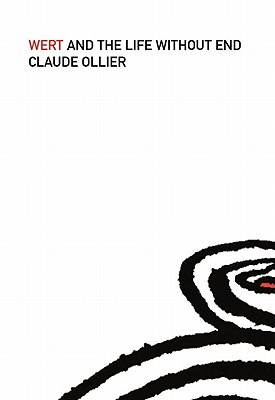 Wert and the Life Without End (Dalkey Archive Press)
Wert and the Life Without End (Dalkey Archive Press)
‘In some kind of institution, maybe a hospital or rehabilitation center, we are introduced to Wert, a disturbed, traumatized man still suffering the horrors of his experience as a soldier fighting in an unidentified conflict. A patient or prisoner, Wert writes down his memories of the war; his impressions of his current, ill-defined treatment; and his reflections on his own psychological well-being. When at last released, Wert undertakes a long journey to the east, and slowly recognizes the events of his life as being reminiscent of episodes from ancient epic narratives—as though his entire story has simply been the reenactment of a tale first told thousands of years before. Chipping away at its narrative through short, rhythmic, poetic sentences; combining the worlds of the avant-garde and the ancient epic; and revealing the interconnectedness of psychology, lived experience, and the written word, Wert and the Life Without End is a masterpiece of self-reflective storytelling.’ — DA
‘Ollier explores the dividing line between past and present, the fault line of postwar European consciousness, still in a state of shock in the midst of evidence of its recent history, still recovering, semi-expectant and above all watchful. In bidding memory, as after Nabokov, to speak, one will also, in Ollier’s world, have to answer to it, this requirement being as explicit a statement of the inherent hopefulness of narrative as one might look for in a fallen and betrayed civilization.’ — Choice
‘Using the structural device of contrast—particularly light and darkness—he works with words as a composer works with tonal patterns, producing a verbal symphony of distinctive beauty.’ — Anna Otten
________________
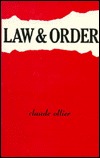 Law and Order (Red Dust)
Law and Order (Red Dust)
‘A man waits to be killed in a town by the sea, probably in North Africa. His room is described, the sound of the elevator, its vibrations, the light at different hours, the shifting positions of the men waiting below for him who follow him in their Buick, slowly at a distance, then so close that only their faces are visible in his rearview mirror. Chronology is jumbled. It is never certain when and whether he is apprehended. The climax is all through the story. The reader constructs his own story, his own terror.’ — RD
‘Most interesting, however, are the textual developments and transformations that take place. …the initial paragraph furnishes key motifs for two focal segments of the text– “The sudden vast glistening brightness…” and “Raw, intense, blinding light” the first a textual correlative of fear– the second, of scandal.’ — Leon Roudiez
‘Using the structural device of contrast – particularly light and darkness- he works with words as a composer works with tonal patterns, producing in Law and Order a verbal symphony of distinctive beauty’ — Anna Otten
____________
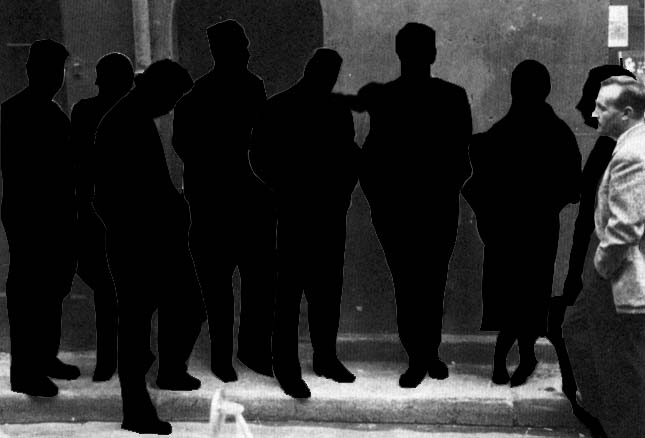
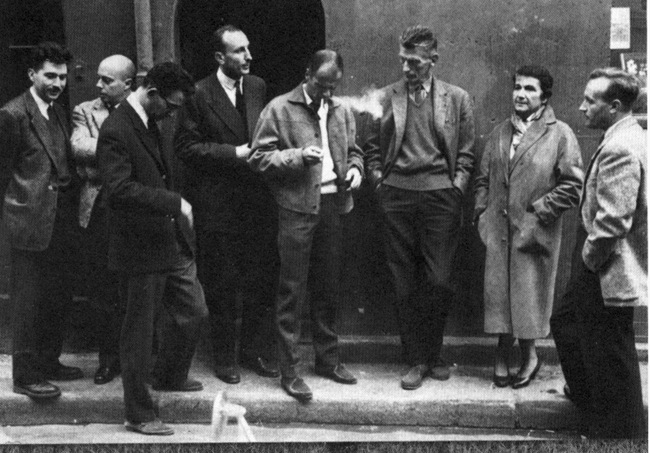
(l. to r.) Alain Robbe-Grillet, Claude Simon, Claude Mauriac, Jérôme Lindon, Robert Pinget, Samuel Beckett, Nathalie Sarraute, Claude Ollier
_____________
Interview
from The Review of Contemporary Fiction

Cecile Lindsay: I have always been struck by the absence of the Second World War and the Algerian War in your fictions.
Claude Ollier: If we exempt the fleeting and marginal “return” to European soil in L’Echec de Nolan, as phantomlike, muffled, nocturnal, and haunted by bad memories and nightmares, then all the other books are situated outside of Europe and far from Europe, farther and farther. On the one hand, it became almost impossible to “think” lucidly about what had been that sort of self-destruction of Europe between 1930 and 1945; on the other hand, it is clear that what is important in the evolution of the world since then is no longer taking place there. The obstinate and persevering hero of Le Jeu d’enfant senses and knows it from the beginning; it is the terrible knowledge acquired in adolescence, an admitted, outmoded fact of which he will never speak; the Second World War destroyed all he had been taught, humanism included, along with his whole inherited childhood universe. He is trying bravely, ingenuously perhaps, to take everything back to zero, in the beginning of La Mise en scene just as the book’s author tries, by a sort of narrative tabula rasa, to take back to square one all the elements of narration: observation of a country, a civilization, a foreign language, an unknown story. And all the primordial questions are asked there in a single movement: what is seeing, hearing, interpreting, exploring, reflecting, remembering, dreaming, writing, speaking? His instruction begins again, his life is reeducated elsewhere, on an “exotic” soil, extra-muros, far from the ruins of his childhood and his native land, far from the other side of the walls of a Europe whose Second World War culminated in a sort of cultural suicide. This war was for him the equivalent of that inaugural catastrophe that the hero of so many science fiction tales has trouble remembering or measuring but that conditions the entirety of his new universe. For him, it is as though this catastrophe “upstream” could not be recounted. And he tries anew to see, to tell, to write, having come into contact with foreign languages unknown to him—languages which, by their difference from his own, will allow him to look upon his mother tongue differently and to use it anew.
CL: A strong current in American literary criticism and critical theory of recent years has been a call for a more “political” approach to both writing literature and writing about literature. Experimental fiction has often been critiqued for what is seen as its “hyperformalism.” Were this charge to be made about your writing, how would you respond?
CO: I would answer that this accusation, which is superficial and banal, rests upon a regrettable lack of reflection on the question of language and of its relation to the body; upon the question of form and of the evolution of forms; and, more generally, upon any question that is epistemological, philosophical, or aesthetic in nature. Or I would answer, more simply, that those who make this charge have probably not read the books of which they claim to speak. For to use the term experimental is to misconstrue completely the very nature and practice of the act of writing such as they are manifested in books like mine. My work has absolutely nothing to do with “experimentation.” In the exact, scientific sense of the term, experimentation consists of isolating certain elements and conducting upon them duly controlled experiments, systematic manipulations, skillful alterations. I have nothing against this kind of work, and some of its results can be interesting and instructive. But my kind of intervention in respect to language and narrative forms has nothing to do with that. You could even say that it is the opposite: indeed, genuine experimentation necessarily tries as much as possible to eliminate chance, while my whole practice consists in provoking, in narrative invention, the greatest possible degree of chance, soliciting at every moment the irruption of elements which are more or less diffuse, forgotten, or firmly buried within the unconscious. I can only write, can only feel the pleasure of writing, if I reconnect with past emotions. I have an absolute need in the beginning for a precise setting, a setting in which I have lived; I need it so that the sensations, perceptions, and emotions can flow. Even on an “imaginary” planet, my writing can function only if it is plugged into memories, dreams, and intuitions. The phantasmic scenes of Epsilon and Enigma are closely derived from lived scenes from the recent or distant past. This is what I call the anchorage of a fiction. Everything in my texts arrives there by way of this anchorage in a place, by way of the paths, the journeys, the adventures, the dramas linked to this place. This is the source of the elan which allows for the development of a story: this story is launched on emotional traces, that is, on the reviviscence of the body’s displacements in a space known and forgotten, and on linkings of synesthetic, kinesthetic sensations whose recall and inscription in adequate terms regroup all the other sensations—visual, auditory, tactile. And for me the auditory sensations are much more important than the visual ones; the sounds connected with a place evoke that place for me, years later, much better than images: the tape recording is by far superior to photography. The tracing of lines is linked up to this play of recall and resurgences; the words, sentences, paragraphs, and blanks between lines must be fused by the permanence of this elan.
Each day, I start out on an impulse of this sort, which may only last a few minutes or can sometimes stretch out into several hours, but when I no longer feel its action within me, I know there is no point in insisting because there is no longer any vital necessity to continue, and it is only for that that I write. This necessity must be inscribed in each word, between the words, palpably. Only then can the reader feel an emotion of the same nature and force. If a sentence fails to transmit the emotion, it’s no good, it must be rejected or transformed. This work of palpable re-creation thus takes place through work upon forms: of vocabulary, of syntax, of typical and coded narrative formulas. This implies a putting into form of assonances, of relations of sonority, of rhythms, of silences, of the tempo intended for each piece. Here it is principally a question of music, a music of the text which is composed a bit like a musical score; I listen to it, I play it to myself, play it again, modify it, listen again, until the “musical phrase” is perfect, untouchable. If this work upon forms is called “hyperformalism,” then Bach, Schubert, Cervantes, Debussy, Rabelais, Flaubert, Bartok, Henry James, Proust and many others are remarkable hyperformalists.
It could be added that the necessity of an evolution of forms is inscribed within the exhaustion resulting from the prolonged use of these forms. By dint of being endlessly repeated, such forms become cliches, forms emptied of emotion. It is in order to reactivate emotive reactions (which form the basis of all the others— argumentative, critical, ethical) and to produce new ones that writers, musicians, and painters periodically “disconnect” from an ambient academicism diffused and lauded by the media, and compose works which appear to be completely apart, completely marginal and unassimilable. But these works create, there, a new poetics, and I would willingly speak of poetics in relation to my books, which are not novels. Finally, this necessity of disconnection and upheaval always rejoins at a certain point a sort of irrepressible curiosity, submitted to a mysterious logic of plastic transformations, and linked to meaning, to the relation of the body to meaning and form. All this, which should be developed point by point, clearly has nothing to do with the activity of some experimental laboratory.
CL: What are the “politics of fiction” in France in recent years? Why do we see a resurgence of more conventional novelistic forms and a rejection, from some quarters, of experimentation in fiction?
CO: I’m not sure I understand what you mean by “politics of fiction.” Who enunciates, advocates, or applies this “politics”? What I know of are fashions, which are launched or sustained by the modem media and which are in a state of constant disjunction in respect to stages of creation such as they are lived by writers. By disjunction I mean a delay. I think that there was a remarkable series of narrative innovations in France after the end of the Second World War. One can study this series historically and formally, analyzing its currents, works, filiations, and influences. One can also, if one has the taste for it, study its echo (if there is one) in the media of the same period. One will note that the delay in providing information, to say nothing of analysis and criticism, is between two and ten years. And the principal objective of the accumulated power of the media is, today, to blur and confuse the paths, to tend to efface them, retaining only one slim trace for show, while awaiting the next show. This volatilization of reality takes place on a large scale and is motivated by the quest for quick sales and high ratings. All of this could give the impression of a “resurgence” of the traditional novel. But it has no more “resurged” now than it had foundered in the era of the New Novel, from 1955 to 1960. It has been in good health for the last forty years, and that’s perfectly normal. Every era is marked by a very major conservative current and a very minor innovative current. What characterizes a given era is the particular difference, the singular gap that it reveals between these two currents. The gap can be rather minimal in certain eras and considerable in others. It has tended to grow, in my opinion, over the last half-century, to a great extent because of the Second World War, all of whose consequences in the cultural domain have not yet been weighed by most of our contemporaries. And also because of the fact that in all the compartments of social life, evolution since the beginning of the century has been extremely sudden and rapid and unexpected, surprising everyone, creating in every domain—technological, military, political, ethical- enormous simultaneous upheavals which could not have been avoided, abated, attenuated. One submitted to them and continues to submit to their full force; one is obliged to adapt, and one adapts badly. So our Western society today strives to preserve intact the cultural sector and, above all, that of the narrative: it is absolutely imperative that this vital activity—the auto narrativity of a society, the “representation,” if you will, or the “recitation” of this society to itself—remain sheltered from this wave of questioning. And this sector can be stabilized; mastery over it can be maintained (it may well be the only one today). All that need be done is to uniformly marginalize any innovation, especially threatening manifestations of rupture. Thus it can be confirmed, curiously, in this fin de siecle, that any social change is finally admitted quite soon, even if it constitutes a break with secular customs, except in the narrative domain. Everything else can “blow”—the atom, the family, ideology—but literary genres must hold! Thus the novelistic still shines today as the enduring quietude of consciences, the glowing repose of the citizen who is buffeted on all other sides and who is frightened. The major media, plus computerization, in the service of generalized literary academicism: this is the burlesque cultural project in which we have been engaged for quite a while. This will function for a certain time. For a long time perhaps, longer than we think. And then, one fine day, the gap will resurface, in broad daylight, in all its violence.
CL: At the end of your essay “French Version,” you signal the need for a new reading, a different way of approaching the kind of texts you and others have written. Can you elaborate further on what specific directions or forms this new reading might take? How could this new kind of reading translate into literary criticism? How does this proposed accent on “le biographique,” on the person of the writer, differ from standard biographical criticism?
CO: When I suggested “new gestures of reading, ones which are attentive to metamorphoses,” at the end of “French Version,” I meant something like this: to place oneself in the movement of the text, that is, in its creative movement, in the same path that the text’s inventor was in the process of opening up, of clearing away, of exploring when he chose his words, cadences, punctuation marks, silences. In other words, to listen to the music of the text attentively enough to perceive its assonances, its resonances, its close or distant rhymes, its allusions, and at the same time the tensions, the differences between the passages that came easily (one can sense it) and those where the phrase nearly broke or hesitated or went off in an unexpected direction (one can sense this, too, in any finished text). Or again: to “get inside the skin” of the author, to adopt his apprehensions, successes, pleasures, doubts. This is the only way to feel the words vibrate fully and to deliver them of all their meaning—their manifest meaning as well as their hidden, yet perceptible meaning. This is not a new attitude, you will say, and that’s true: it holds for any truly organized text. I therefore linked “gestures of reading” to “metamorphoses.” And there I wanted to make reference to two contemporary events of extreme importance: the insistence of psychoanalysis on the play of the signifier, on the one hand, and on the other, the breakdown of European cultural ethnocentrism. There is no time to develop these two points in detail here. I will simply say that all my books, on the whole, call for an opening onto the Other, and this Other is as much the unconscious, the “double,” as it is the Other repressed by European writing for centuries—the Islamic civilization, for example. My books in which this aspect is most manifest are Marrakch Medine and Mon Double a Malacca, both subsequent to Le Jeu d’enfant. But in all of Le Jeu d’enfant the purpose is the same, the aim is identical. These books thus call for readers who will also be open and capable of abandoning, if only for a time, their prejudices and presuppositions-not only those about reading (the “character,” the “story,” pre-Freudian psychology, the taste for tragedy, etc.) but also the ideological ones, that is, all the customary cliches prevalent in the culture. This is not so easy. For example, it is significant that most of the French readers of Marrakch Medine, who claimed to be sensitive to a certain poetic quality of the text, did not, however, feel themselves mobilized by the text’s effort toward Islam; they thus recuperated for themselves, under the iridescent colors of exoticism, all that this book tried to do in order to break down the wall of exoticism and specifically of “orientalism. ” The Moroccan readers, on the other hand, judged the book to be important in this connection.
As for the critic, he is a reader like any other, even if he is overwhelmed by his readings. What I just said is valid for him as well, neither more nor less. A literary criticism applied to these books must exhibit the same openness, the same availability, which clearly requires a rupture with certain modes of behavior, too, imprinted with Eurocentric ideology.
Finally, I think I stressed that “le biographique” in “French Version” is intended as “symbolized,” rather than directly enunciated. This is to say that it is a “biographique” which is filtered and transposed by the author, the “instance” which organizes, chooses, and writes, and which is representative of a place, a period, and of the currents, intersections, practices, feelings, ideas, and voices which make themselves heard there. It is not a “biographique” which simply incorporates events in the life of the citizen who bears the same name as the writer. And these are, really, two distinct characters-another reality that the “media” fiercely deny and repress. This duality is difficult to explain and analyze, and is the source of many misunderstandings. I really should have thought, back then, of taking a pseudonym.
CL: How are other media—radio and film—related to writing fiction for you?
CO: First, allow me an objection: for me, radio and cinema are no more “media” than are language or the book. They are materials, ones that are different from those on which is exercised the writing of a book: sounds, noises, music, spoken or sung dialogues, fixed or mobile images, etc. For several years radio and cinema accompanied the writing of my books: in radio, in the form of “radiophonic pieces” composed at the request of French or German stations and broadcast all over Europe; in cinema, in the form of film critiques published in La Nouvelle Revue francaise, Le Mercure de France, and Les Cahiers du cinema (a selection of these articles was published in 1981 by Gallimard-Cahiers du Cinema as Souvenirs ecran); and also in the form of film scenarios, two of which have been produced. Writing for radio or cinema is something entirely different from writing a text of literary fiction. The former are more social, more sociable activities. I practiced them with pleasure, as a welcome diversion from the absorbing work of writing—even a pleasant recreation. Most of my radio pieces are developments or “enlargements” of the short texts collected in Nebules and Navettes. Having said this, I don’t think that these exercises effected upon composite materials have ever had any influence on my writing. They are different domains.
____________
Further:
Claude Ollier’s books @ Dalkey Archive Press
A Claude Ollier Bibliography
Claude Ollier interview
Claude Ollier @ P.O.L. Editeur
Video: Claude Ollier reads from his novel Reminiscence
Video: Claude Ollier w/ Bernard Pivot on French TV, 1982
______________
Claude OLLIER Le Nouveau Roman
Le Dissident secret. Un portrait de Claude Ollier. Par Christian Rosset.
—-
*
p.s. Hey. ** Conrad, Hey, Conrad! Bon fete! There’s this very cool store just east of Montmartre, can’t remember its name, that specialises in pop-up books and 3D board games. I’ve been meaning to go back. The little Gazettes were awful, cheap knock-offs. They’re shouldn’t have bothered. They did taste good. Boris Lumé? I don’t think I know it. Wow, cool, I’ll find it. Thanks! Galleries being open is a huge help for sure. Are you having any kind of proper Xmas celebration tonight or in the morning? Me, not, although I might try to get to Boris Lumé now that you mentioned it. Have a great one whatever you do! ** _Black_Acrylic, Hi, B. Mrs. Santa Claus is a bit gun shy commenting-wise, she says, but wrote to me privately to thank everyone and to tell you specifically that she had the exact same experience with ‘Dark Future’. Their Instragram looks awesome at a peek, not being a member. I really have to join the big I, don’t I, I’m afraid. ** David S. Estornell, Thank you, sweet David, and the very same to you. ** David Ehrenstein, I have a feeling that if there actually were a Jesus zombie board game, it would have been in there. ** Misanthrope, Mrs. Claus said to thank you and everyone! Damn, that’s a lot of posts. Think of all the sex I could have been having in those nerdy hours. Damn. That’s my thinking/hoping too. Other than about a pack of cigarettes a day and coffee, I’m a health nut. And I basically never or extremely rarely get sick, so … ** Jack Skelley, Mr. Skelley! I just wrote an email back to you. Exactly, about Chris Burden. There really should be a Chris Burden 3D board game, no? Now there’s a billion dollar idea. And, yes, she is! ** Ferdinand, You’re down there where the new killer virus is threatening the world at large. That’s a big responsibility. And stay safe. And rejections suck while, at the same time, indicating nothing about your submitted work’s value. Survive the heat. And ‘tick tick’ re: your return to chillyville. ** Steve Erickson, Hi. Everyone, Want to read Mr. Erickson’s 2020 music top list? Go. (Taylor Swift?!?!) And/or wanna hear his year-end Spotify playlist? Voilà. Better safe than sorry, labor intensiveness and all. My fingers remain crossed. Truly excellent news about rarefilmm! Have a very, very lovely Xmas Eve. ** Bill, It did most indeed! There must already be a related board game, no? If you start searching around in the board game nerd arena, those guys are pretty industrious. Doing any Eve-y things? ** Brian O’Connell, Hey there, Brian. Ooh, you had Haunted Ruins? Cool, envy. I played the Scooby Doo one at a friend’s house, but that’s about it. Well, I did finally decide to stop procrastinating and buy myself a Switch yesterday, but, of course, it’s Xmas, and so every Switch in Paris is totally sold out, duh. So that didn’t happen. I bought two shirts. I bought a delicious pastry. And that’s the entirety of my self-gifting, although I might make a last ditch search for something I could love today. If I don’t in fact see you today or this weekend, I hope you end up sitting cross-legged in front of a huge pile of gifts you’ve always wanted with the sparkliest eyes ever. ** Right. I’m asking you to spend your local Xmas Eve discovering (that’s a guess) the works of probably the third most undervalued Nouveau Roman writer, after the barely if ever translated Claude Mauriac and Jérôme Lindon. I hope you enjoy the input. The blog will be here tomorrow on Xmas, so, if you’ve scheduled any DC’s time into your Xmas Day, I will see you then.
















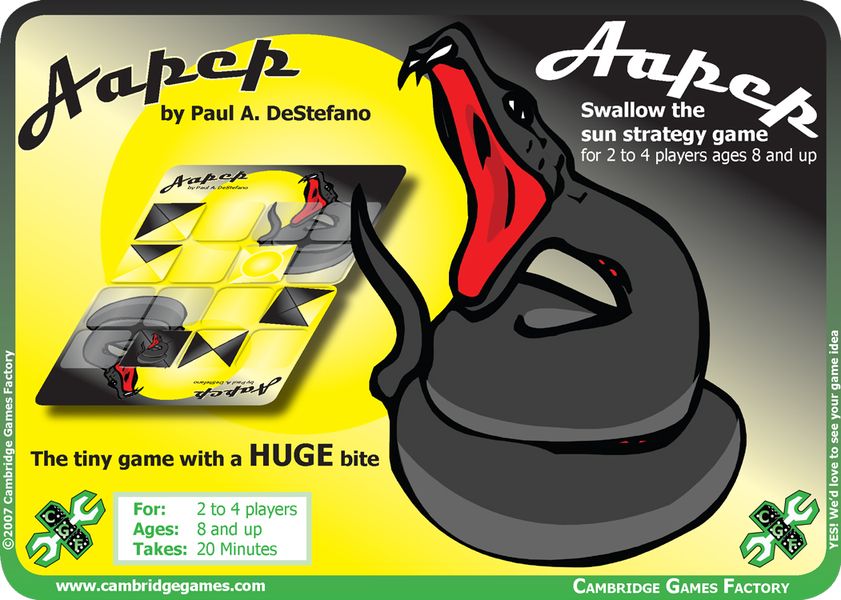





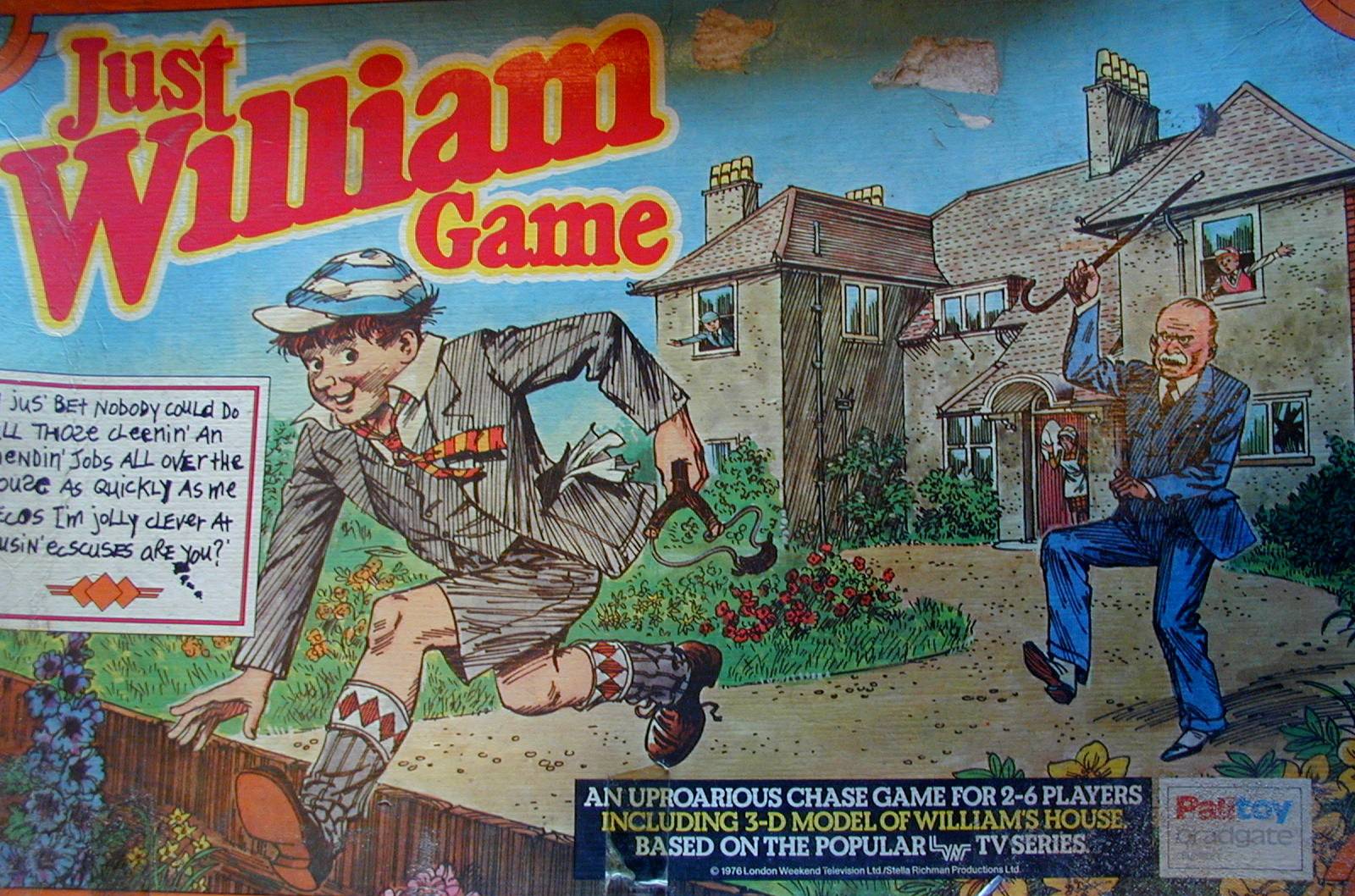


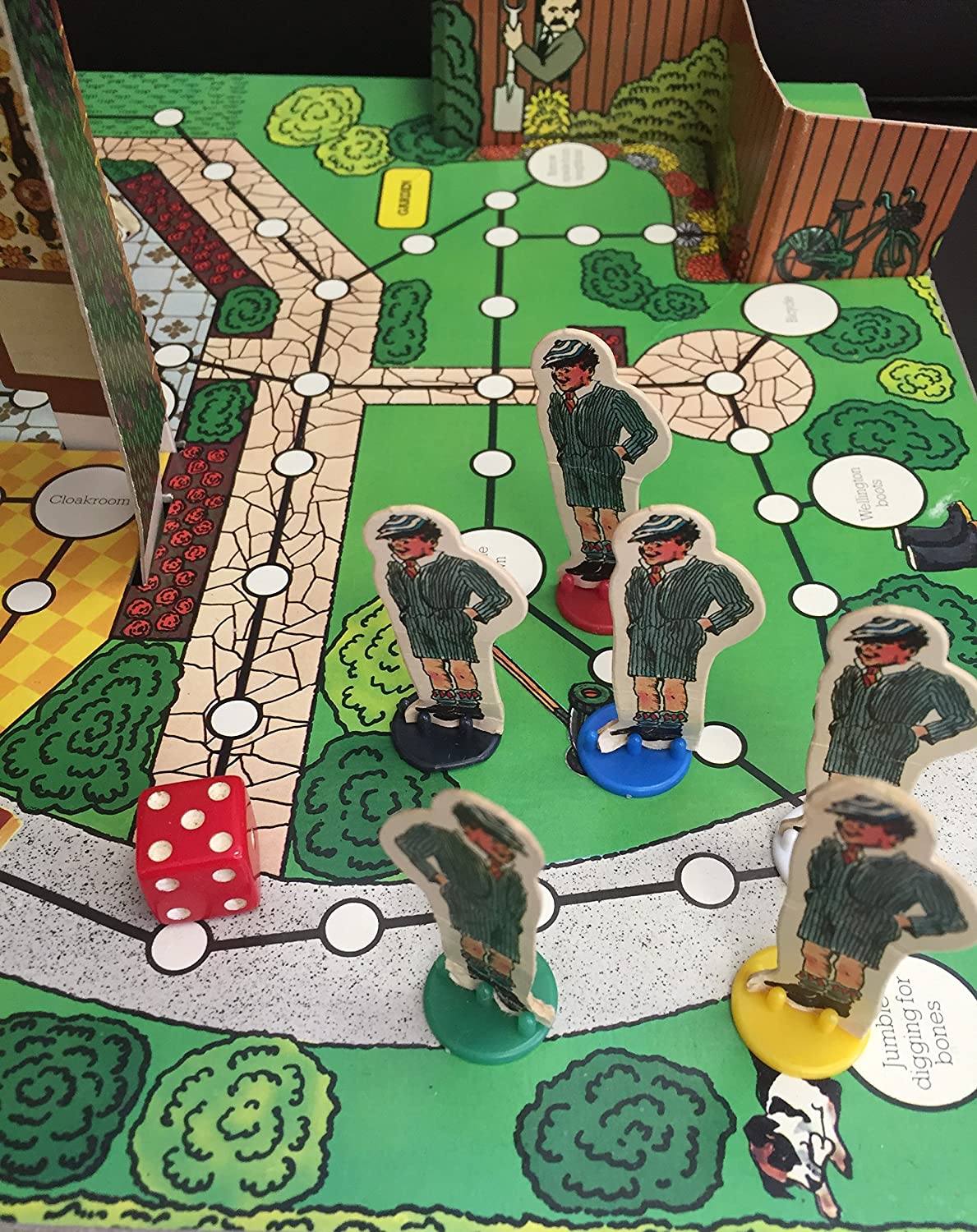















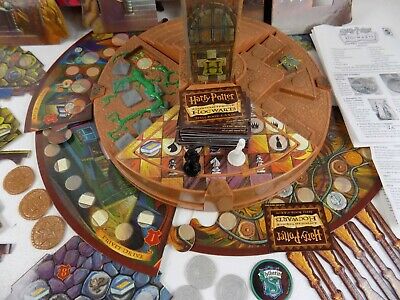
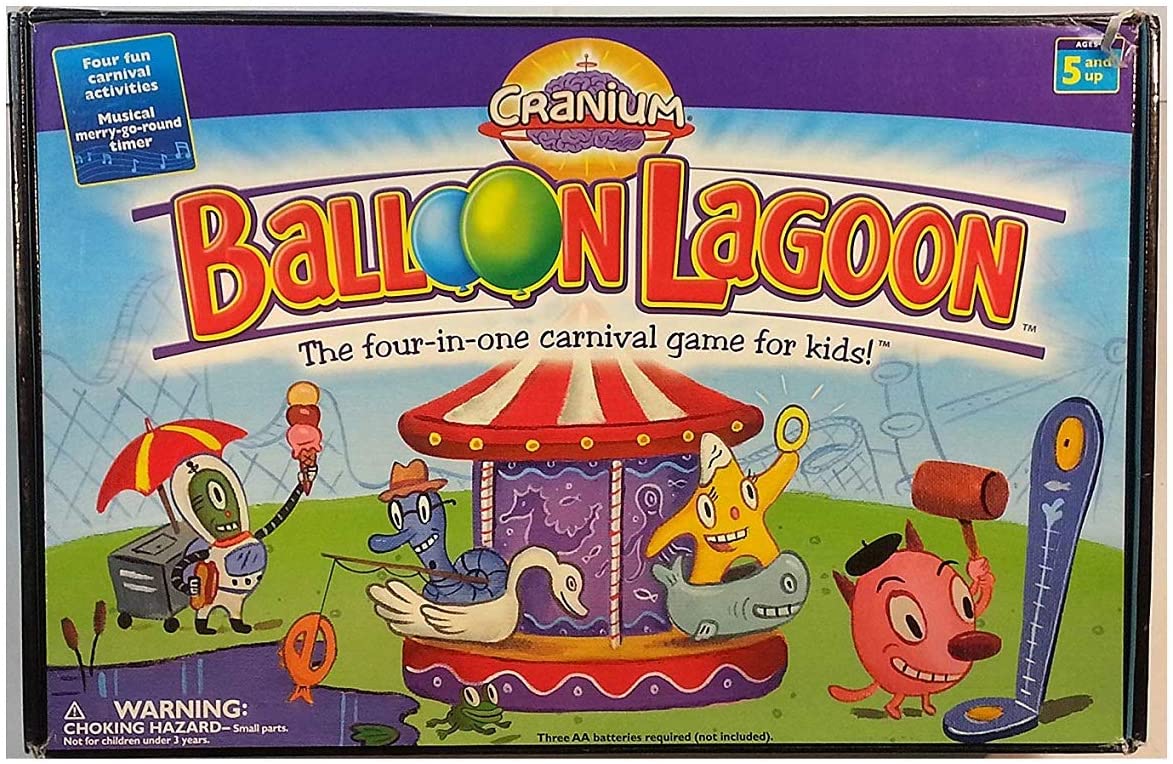


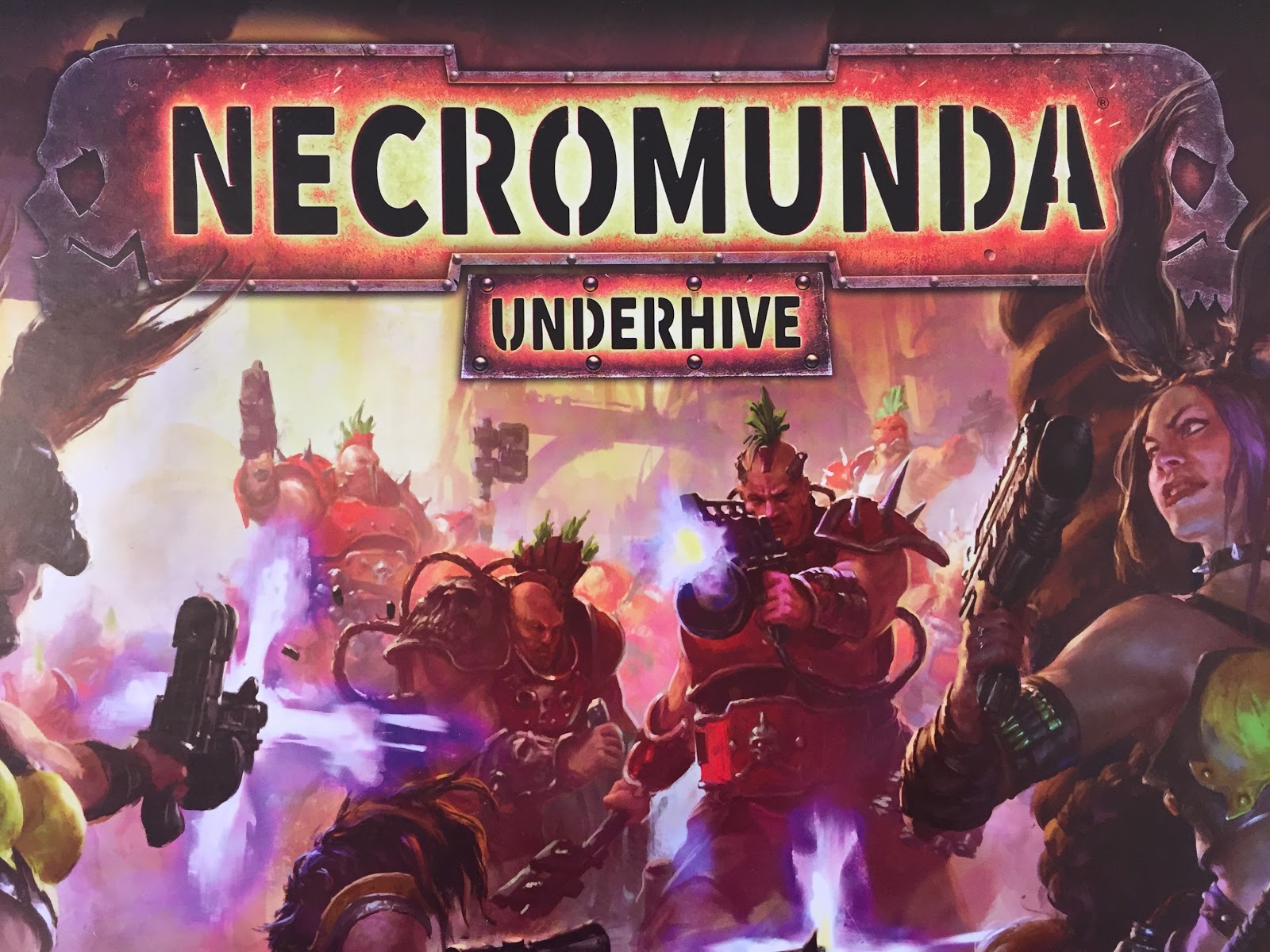










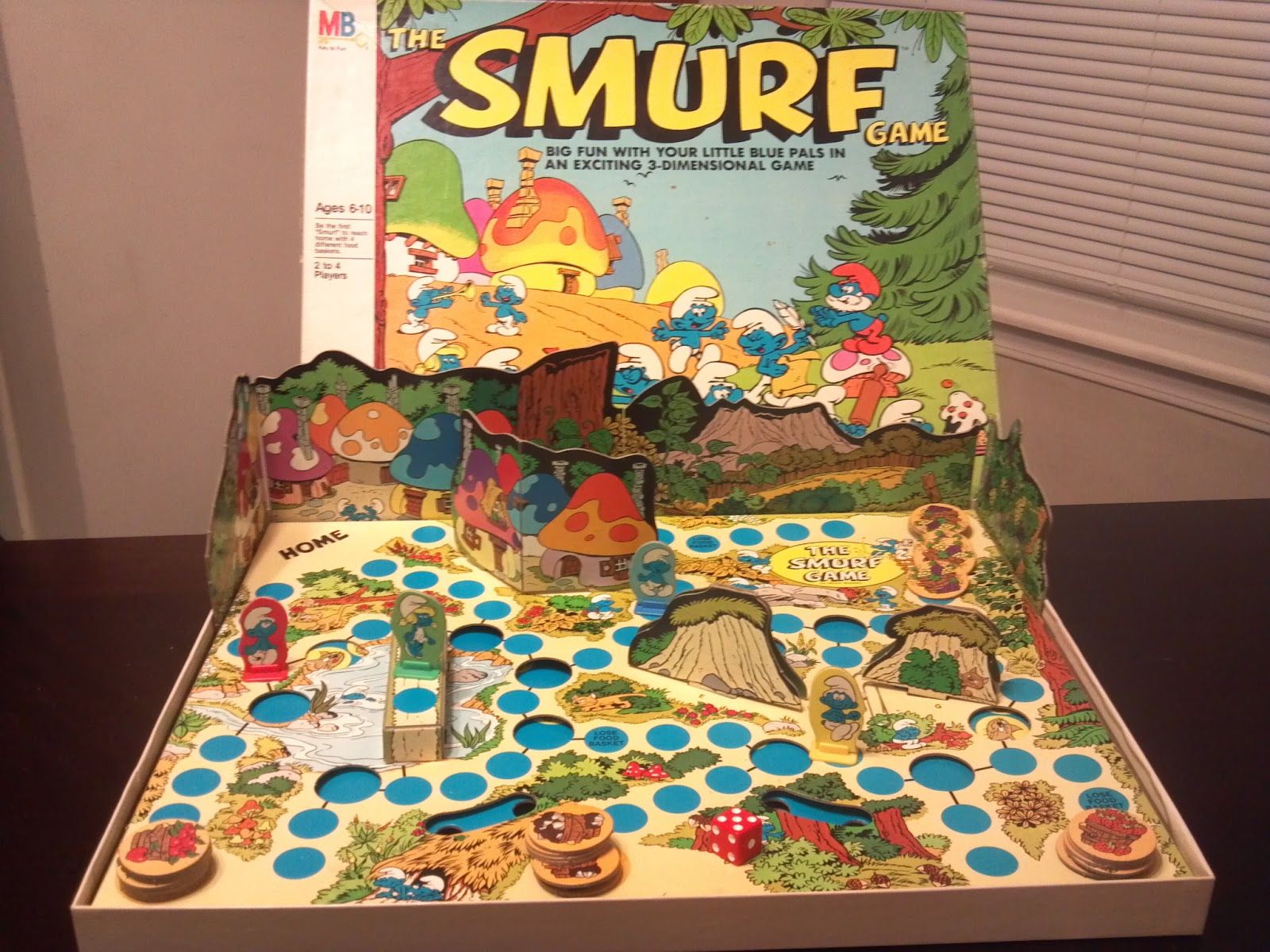


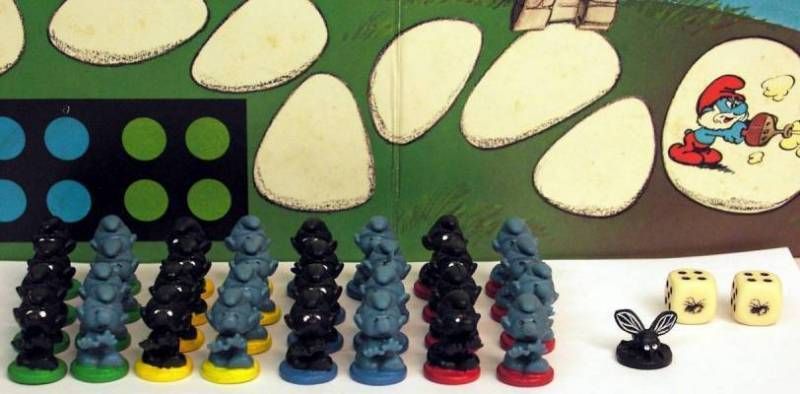











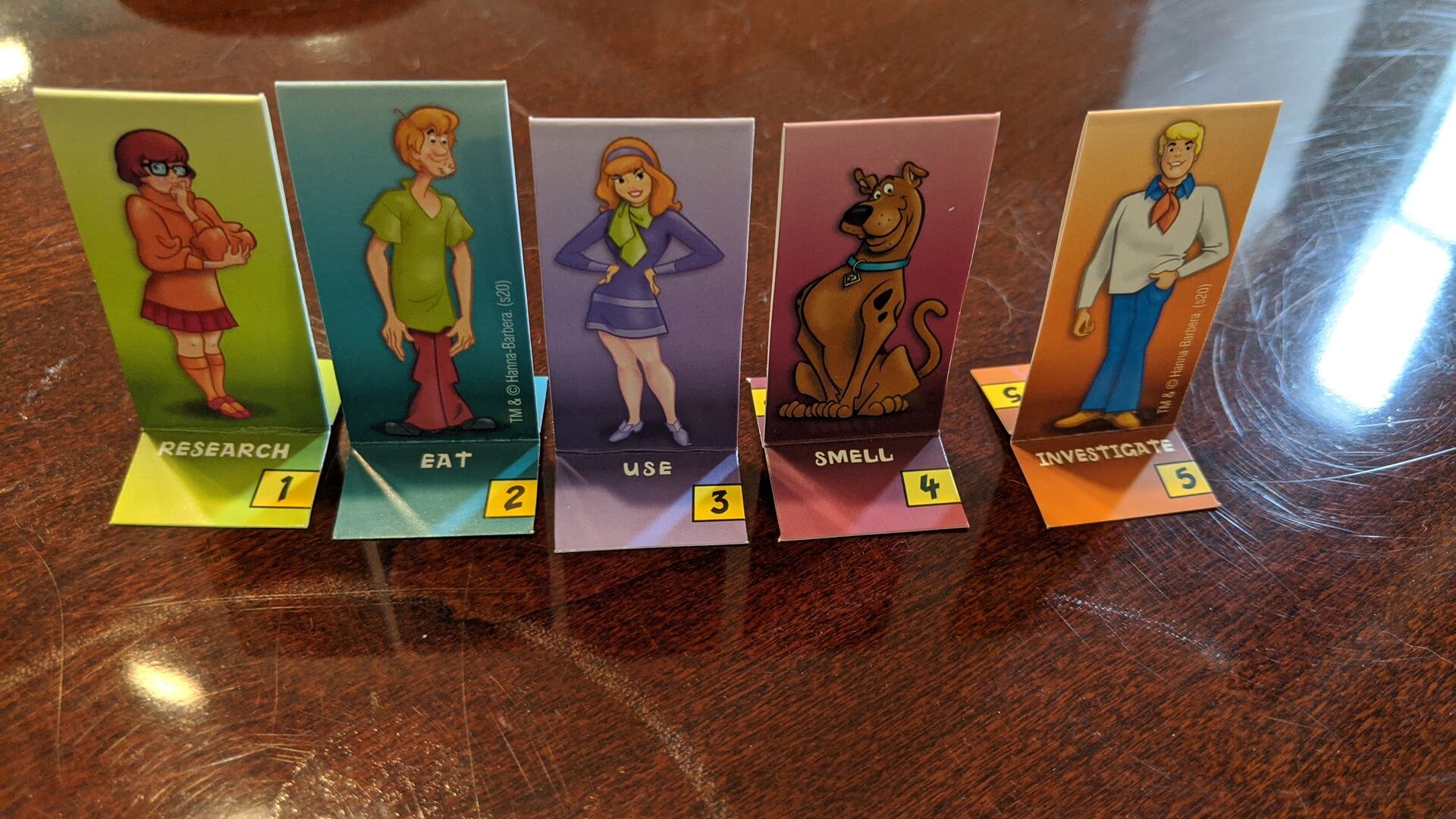

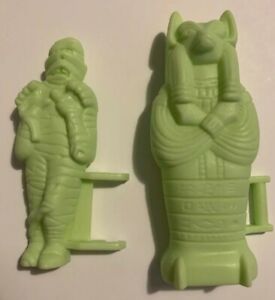

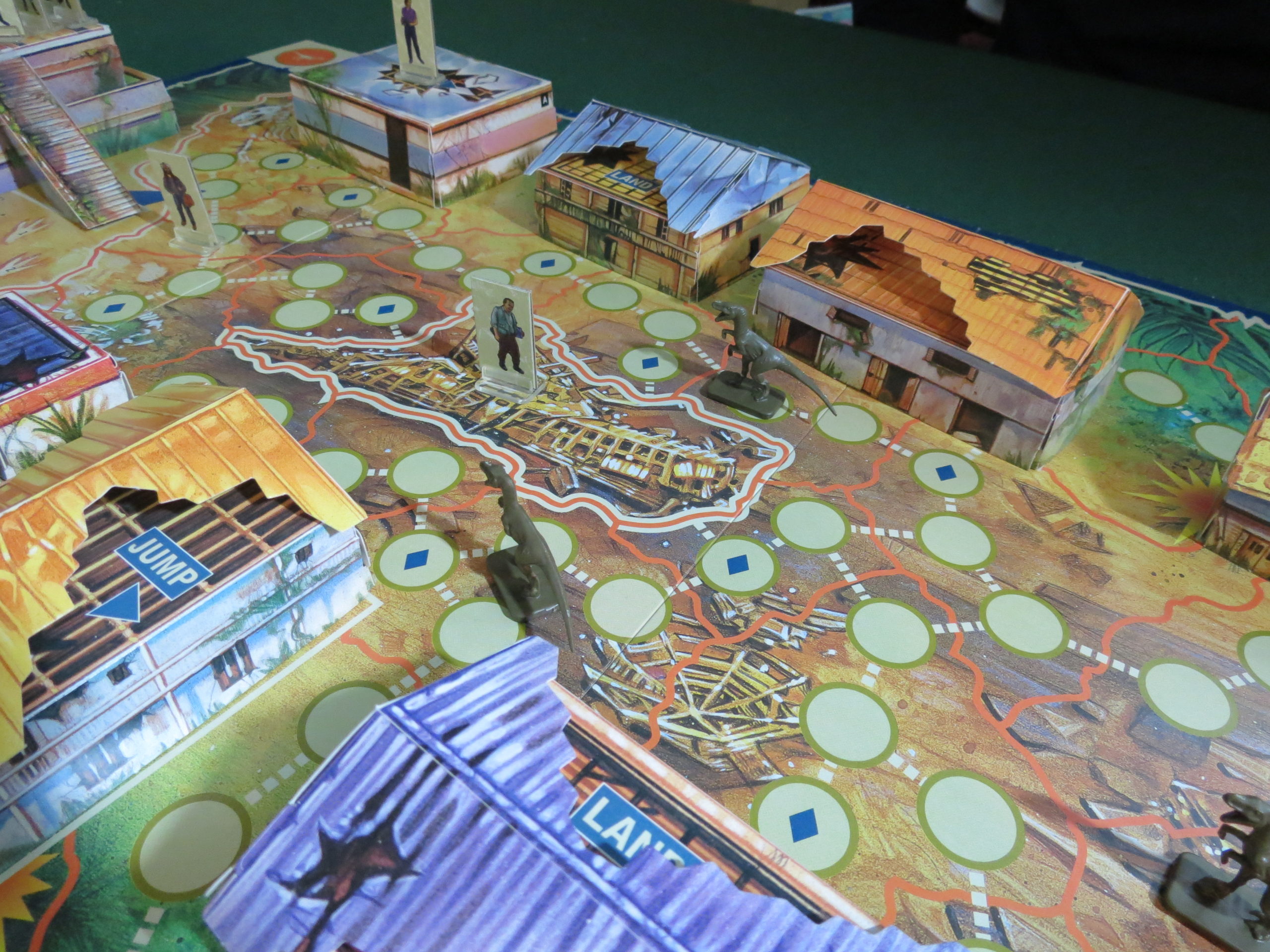



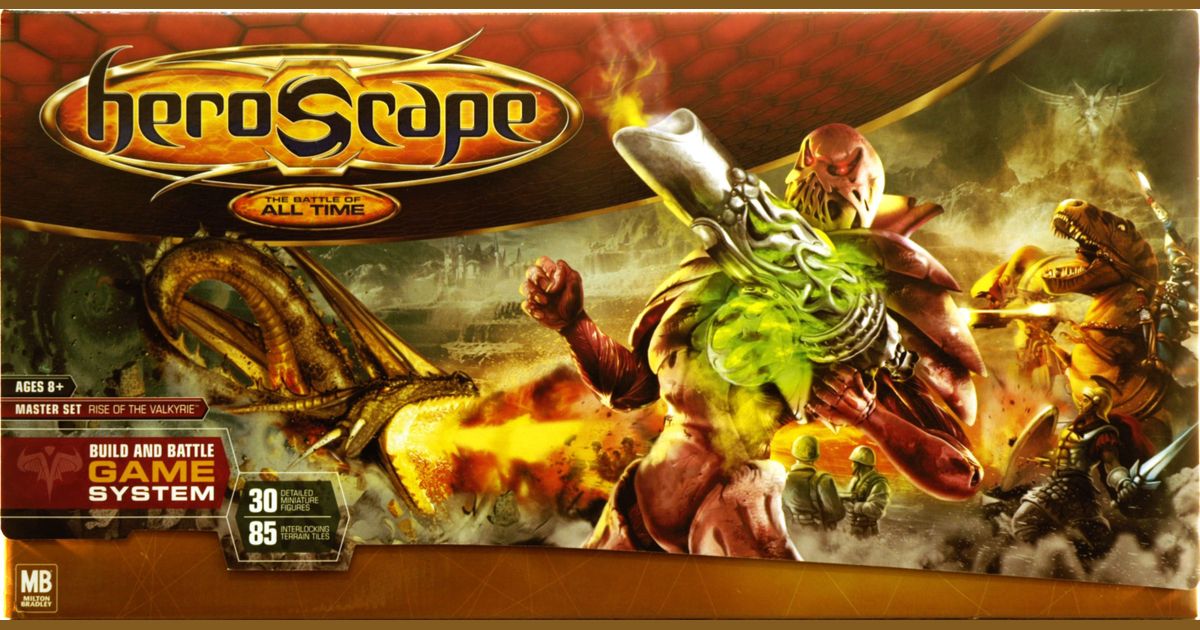












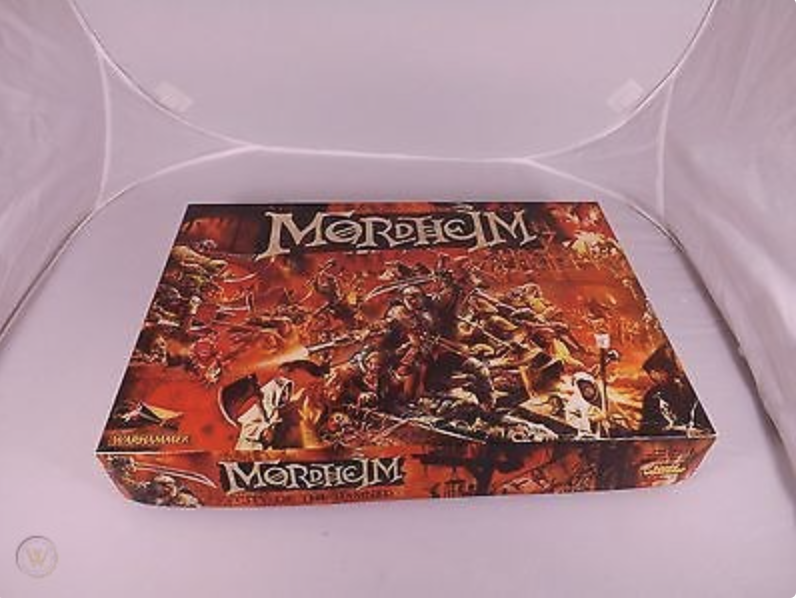














 Now available in North America
Now available in North America 